Removing Wallpaper: What Every Homeowner Should Know
Do you have a room with wallpaper you hate? Maybe you bought a fixer-upper with wallpaper from floor to ceiling in every room. You may be in a position to “help” a family member remove wallpaper from the walls in their house. As you stare at the daunting task of removing wallpaper you ask yourself, “Why did they use wallpaper?”—Welcome to the club! You’re not alone. Wallpaper removal is one of those home improvement projects that seems straightforward at first, but as soon as you start peeling back that first layer, things can get complicated—fast.
I’m not sure how other areas of the country are, but in the Areas we work along the Fox valley (Crystal lake- Elgin- St Charles) there is a TON of wallpaper on walls in older homes. (oh yeah- and we are also putting a lot up!!)
You may have visions, videos or magazine clippings of a beautifully painted or freshly wallpapered room, but first, you have to deal with the reality of removing the old stuff. Then as you watch Joanna Gaines on HGTV you think to yourself she made it look so easy! Here’s where it gets tricky:
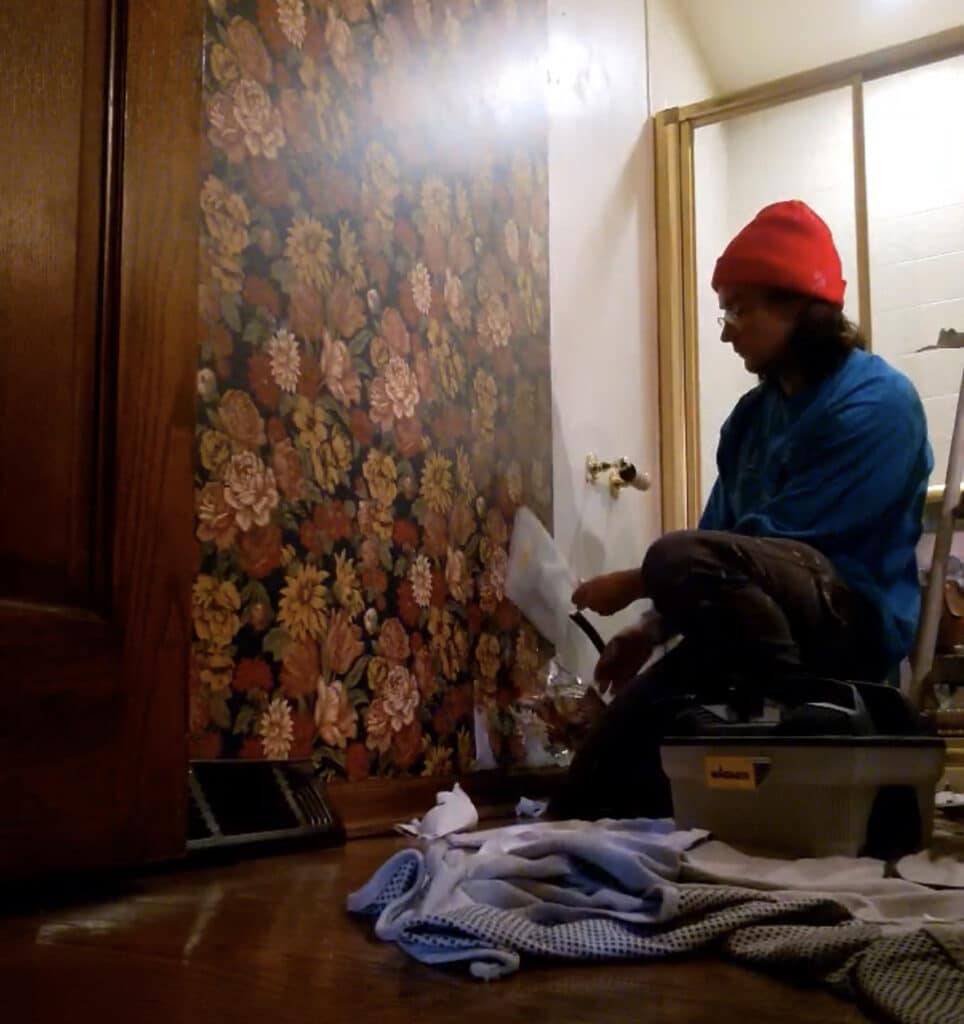
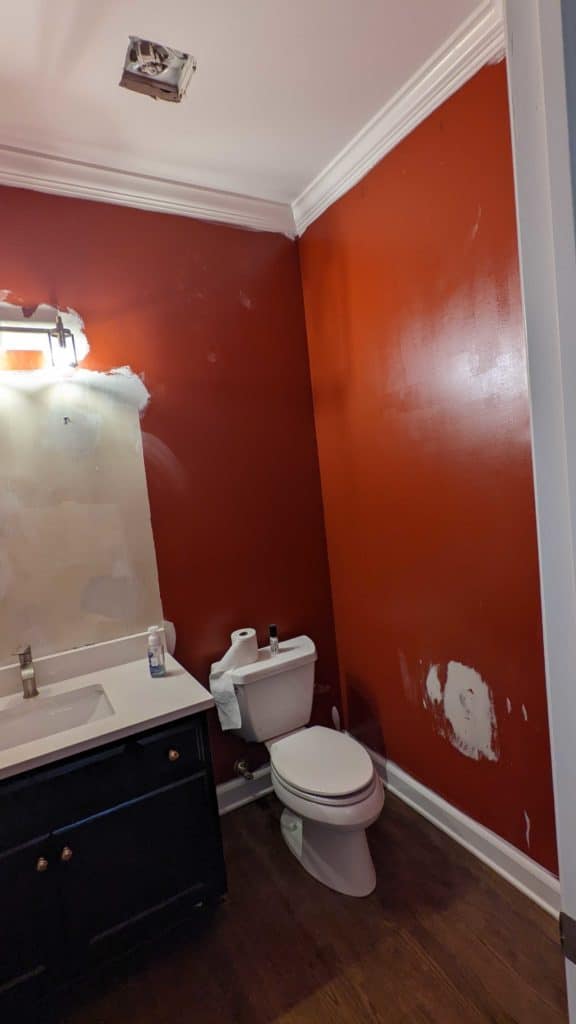
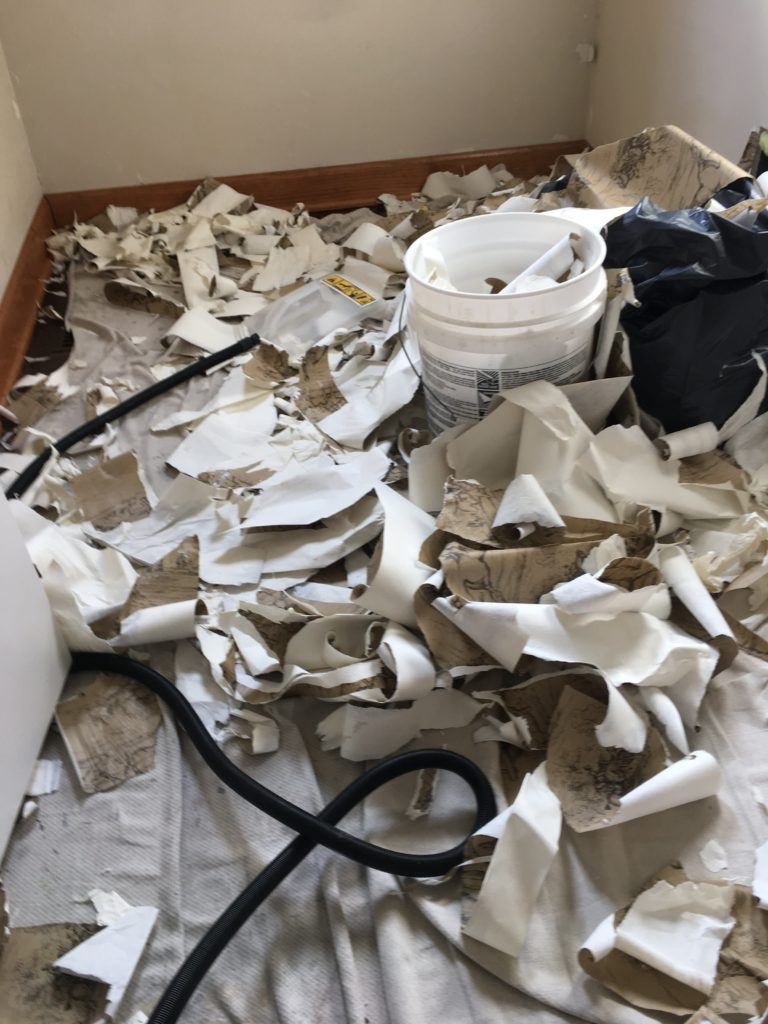
Not all wallpapers come down easily, and different types of walls react differently to the removal process. Worse- not all wallpaper is installed correctly either!
As professional painters and wallpaper experts at D’Franco Painting and Wallpaper, we’ve seen it all. Let’s strip down (sorry that one was too easy) some of the most common issues homeowners face when it comes to removing wallpaper and how to handle them.
Why Won’t My Wallpaper Come Off Easily?
You’ve probably started pulling at a corner, expecting the wallpaper to glide off in one satisfying swoop, only to realize it’s stuck like an ex from high school that just won’t get the hint. What gives?
Possible Reasons:
- The wallpaper was installed incorrectly. Old wallpapers, especially those applied before the 1990s, tend to bond more tightly to the wall. Back then, people weren’t thinking about how hard it would be to remove someday. We have seen where contractors just applied to straight drywall! That will NEVER come off!
- Multiple layers of wallpaper: Surprise! Sometimes people wallpapered over wallpaper. This makes removal a bigger project since you’re dealing with more than one layer.
- Wallpaper adhesive: Certain wallpapers were applied with super-strong adhesive. It’s not just the paper being stubborn—it’s the glue holding on for dear life.
Solution: You’ll need to invest in some proper tools and materials. A wallpaper steamer and a good scraper will be your new best friend. I love just hot water when possible- read more here ..A steamer will loosen the adhesive without damaging your walls. Some people will resort to using a scoring tool- DON’T DO IT! Those things will tear up your wall and will take 10x longer to fix the walls!
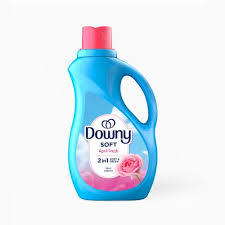
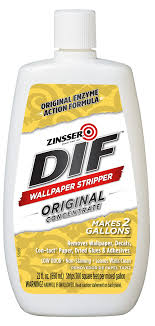

We have seen a solution of water and fabric softener that can soften up the adhesive (yes, fabric softener—it’s a game-changer- works well for cleaning our paint rollers too!).
Pro Tip: If you’re still struggling after a solid attempt with the right tools, calling in a pro might save you both time and a whole lot of frustration.
Will Removing Wallpaper Damage My Walls?
This is probably one of the most searched questions on Google, and for good reason. After all, your goal is a better-looking room, not a drywall repair project. But yes, sometimes wallpaper removal can damage your walls, especially if you’re working with drywall that was not primed correctly.
- Peeling off parts of the drywall: If you’re too aggressive with a scraper or steamer, you can gouge or tear the drywall paper layer.
- Water damage: Over-soaking your walls can lead to water damage, especially with drywall, which is like the delicate flower of wall materials—it doesn’t handle moisture well.
Solution: Be gentle. Don’t rush—this isn’t a race (unless you’re competing on the newest reality TV show “How Fast Can I Ruin My Walls?”).
Pro Tip: If your walls get damaged during removal, you will need to sand, patch, and prime them before repainting or applying new wallpaper.
How Do I Remove Stubborn Wallpaper Glue?
Let’s say you’ve managed to remove the wallpaper (congrats!), but there’s still a sticky, gluey mess on the walls. Removing wallpaper glue can be its own nightmare. Dont Skip or skimp on removing wallpaper glue, the leftover adhesive can ruin any new paint or wallpaper job you try to put up. The wall should feel smooth and slick- like a painted wall when the adhesive is removed. If you run your hand over the wall and you feel something (think sticky side of post it note- rewash!!)
What To Do:
- Warm water and vinegar: This solution breaks down adhesive and is easy to wipe away with a sponge or rag.
- Commercial wallpaper adhesive remover: For particularly stubborn glue, you might need to step up your game with something stronger from the hardware store. DIFF!!
- Scraping: If you’re really unlucky, glue can be stubborn even after you’ve soaked it. A plastic scraper can help get it off without damaging your walls.
Work in small sections, applying the vinegar solution and scraping as you go. Keep a bucket of clean water nearby to rinse your sponge or cloth frequently.
Again- Use a plastic scraper to avoid gouging the wall. If you leave even a small amount of glue behind, it can ruin your next project, so be thorough. (old wallpaper glue will cause paint to look like crackle painted finishes)
Can I Paint Over Wallpaper Instead of Removing It?
At this point, you’re probably thinking, “Isn’t there an easier way?” The answer is: sort of. Yes, you can paint over wallpaper, but it’s not always the best idea. You can read a article we wrote about it here …
Why People Do It:
- Time-saving: It’s much quicker than removing wallpaper.
- Avoids damage: If your walls are particularly delicate, leaving the wallpaper on can prevent damage that would occur during removal.
Why You Should Think Twice:
- Texture issues: The seams in the wallpaper will be visible under the paint unless you carefully sand or spackle over them.
- Adhesion problems: The paint can cause the wallpaper to re hydrate and the old adhesive to bubble! AND-If the wallpaper ever begins to peel, it can take your fresh coat of paint with it.
If you’re set on painting over the wallpaper, you’ll need to make sure the wallpaper is secure, sand down any rough seams, and use an oil-based primer before applying your topcoat. This will help the paint adhere and prevent bubbling or peeling down the road.
Paint can temporarily solve the problem, but consider it a quick fix rather than a long-term solution. Removing the wallpaper will give you a cleaner, more professional finish.
How Do I Prepare My Walls for Paint After Removing Wallpaper?
Once the wallpaper is down and the glue is gone, you’re not done yet (sorry). Before you can start painting or hanging new wallpaper, you need to make sure your walls are in good condition.
Steps to Prep Your Walls:
- Patch any holes or damage: Removing wallpaper might reveal imperfections in the wall that need to be patched with drywall compound.
- Sand the walls: Sanding smooths out any rough spots, ensuring a smooth finish for your paint or new wallpaper.
- Prime the walls: After sanding, apply a coat of primer to create a uniform surface. This is especially important if you plan to paint the walls. Primer also helps seal any residual glue that might still be lurking around.
Even if your walls look fine, priming is essential.
Trust us—skipping this step is like making a sandwich without bread. It’s not going to turn out well!!
Should You Remove Wallpaper Yourself or Hire a Pro?
Wallpaper removal can be a daunting task, especially if you have a large area to cover or if the wallpaper is particularly stubborn. While DIYers might enjoy the challenge, hiring a professional can save you time, stress, and potentially a lot of wall repairs. Read more about Cost to remove wallpaper
The Case for Hiring a Pro:
- Experience: A professional will know the best techniques for different types of wallpaper and walls.
- Efficiency: What might take you a whole weekend could be done by a pro in a few hours.
- Less risk: A professional is less likely to damage your walls, and if they do, they know how to fix it.
But if you’re up for the challenge and want to save some money, there are plenty of resources to help you tackle wallpaper removal on your own.
For more tips and tricks on wallpaper removal or to discuss your next painting or wallpaper project, contact D’Franco Painting & Wallpaper here.
Good luck, and remember—if you find yourself elbow-deep in wallpaper scraps and glue, just know that many homeowners before you have survived this battle and lived to tell the tale!


